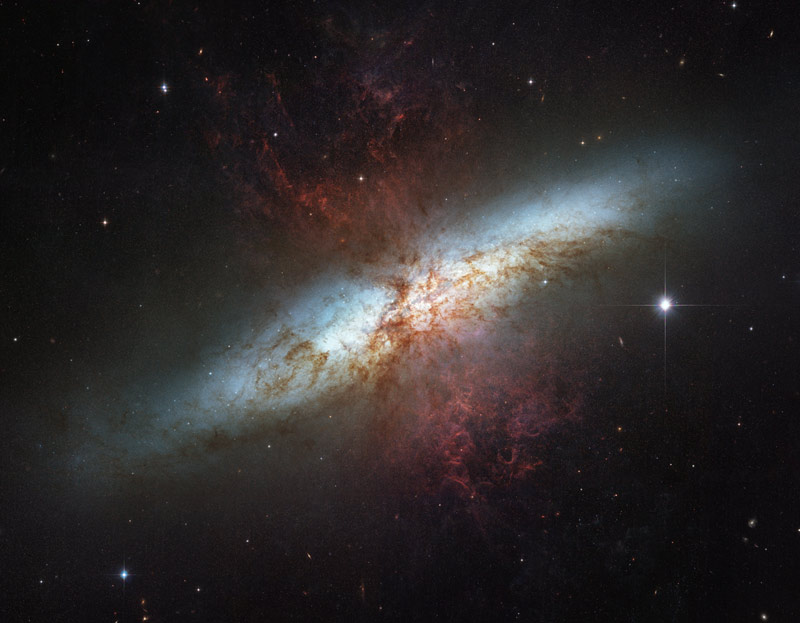Terence Witt’s book is called a bold and controversial new physics theory.
The scientific community is talking about Terence Witt. Kirkus Discoveries declared Our Undiscovered Universe a “brave book.” They praised him for challenging the status quo and called his book “accessible to both the professional and layman.” Kirkus Discoveries is a service that allows authors and publishers to receive authoritative, careful assessment of their books.
In addition to this review, Witt has released his latest podcast about Null Physics . Topics discussed include: how physics addresses new concepts and a discussion about how Null Physics evolved from concept to reality.
The hour-long podcast goes into great detail about chapter one of Our Undiscovered Universe. It is entitled “Something from Nothing.” Some details include Witt’s perspective about how the scientific community analyzes empirical evidence and what he considers physics’ number one problem — “Why does the universe exist?”
“This podcast evolved into one of the most interesting discussions thus far,” said Witt. “The issues it presents are sweeping and controversial, and no one else is tackling them in a public forum.”
To listen to the Our Undiscovered Universe podcasts, go to www.ourundiscovereduniverse.com and click on the podcast link.
About Terence Witt
Terence Witt is the founder and former CEO of Witt Biomedical Corporation. He holds a BSEE from Oregon State University and lives in Florida. Our Undiscovered Universe: Introducing Null Physics is his first book. To read more about Terence Witt and his latest breakthroughs go to OurUndiscoveredUniverse.com .
Victoria Lansdon
Public Relations Director
Aridian Publishing
(321) 773-3426
vlansdon@aridian.org

